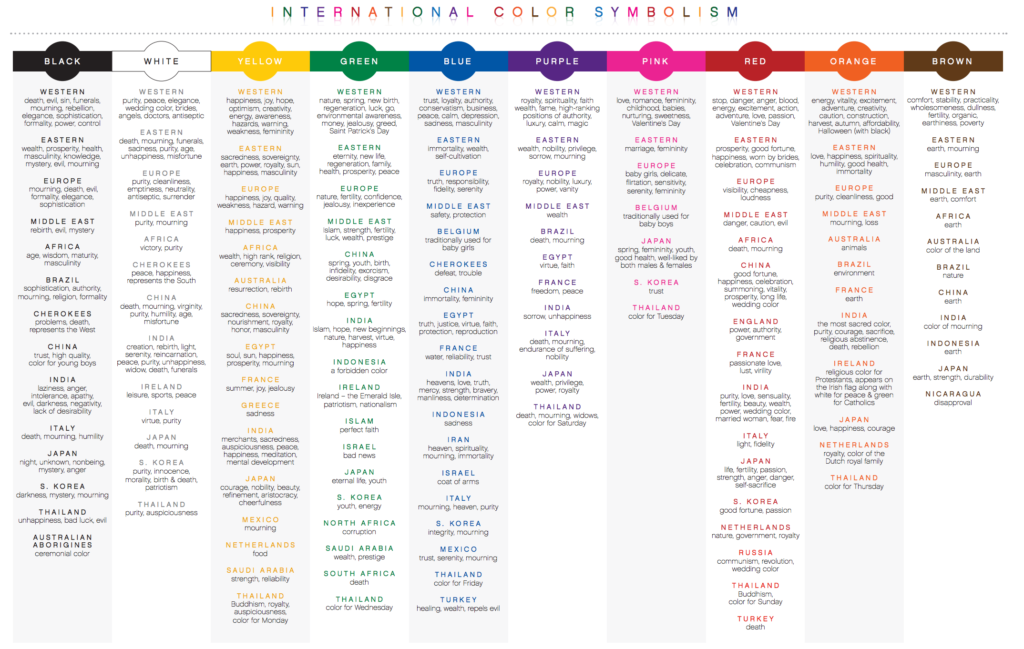 Have you ever felt yourself turn “green with envy?” Colors play such a fundamental role in our daily lives that we even use them to describe our moods. The way individuals see and define the meaning of colors varies dramatically around the world. With so many different cultural interpretations, the symbolism behind each color can become blurry.
Have you ever felt yourself turn “green with envy?” Colors play such a fundamental role in our daily lives that we even use them to describe our moods. The way individuals see and define the meaning of colors varies dramatically around the world. With so many different cultural interpretations, the symbolism behind each color can become blurry.
We interpreted what Clarity Quest colors mean in Western, Eastern, and European cultures. Clarity Quest’s color scheme consists of purple, grey, pink, blue, and yellow. For the sake of simplicity, we analyzed the symbolism behind purple, blue, and pink.
Western Cultures
- Purple: This color portrays high rank, trust, and authority in Western cultures.
- Blue: Blue represents business, conservatism, and loyalty.
- Pink: In Western cultures, pink depicts love, nurturing, and femininity.
Eastern Cultures
- Purple: In Eastern cultures, purple is viewed to be noble, privileged, and sorrowful.
- Blue: Blue comes across as wealthy, immortal, and self-cultivating.
- Pink: Similarly to Western cultures, pink represents marriage and femininity.
European Cultures
- Purple: This color represents royalty, nobility, and power.
- Blue: In European cultures, blue is found to be truthful, responsible, and serene.
- Pink: Seeming to be universal, pink is seen as feminine, flirty, and delicate.
As a designer, it can be easy to get lost in the world of color. It’s important to find a balance between creative and professional, especially when businesses are global. At Clarity Quest, we use color to communicate what we do best — staying loyal to our clients, maintaining their trust, and nurturing their marketing needs.
To learn more about international color symbolism, view the graphic below created by Six Degrees.



